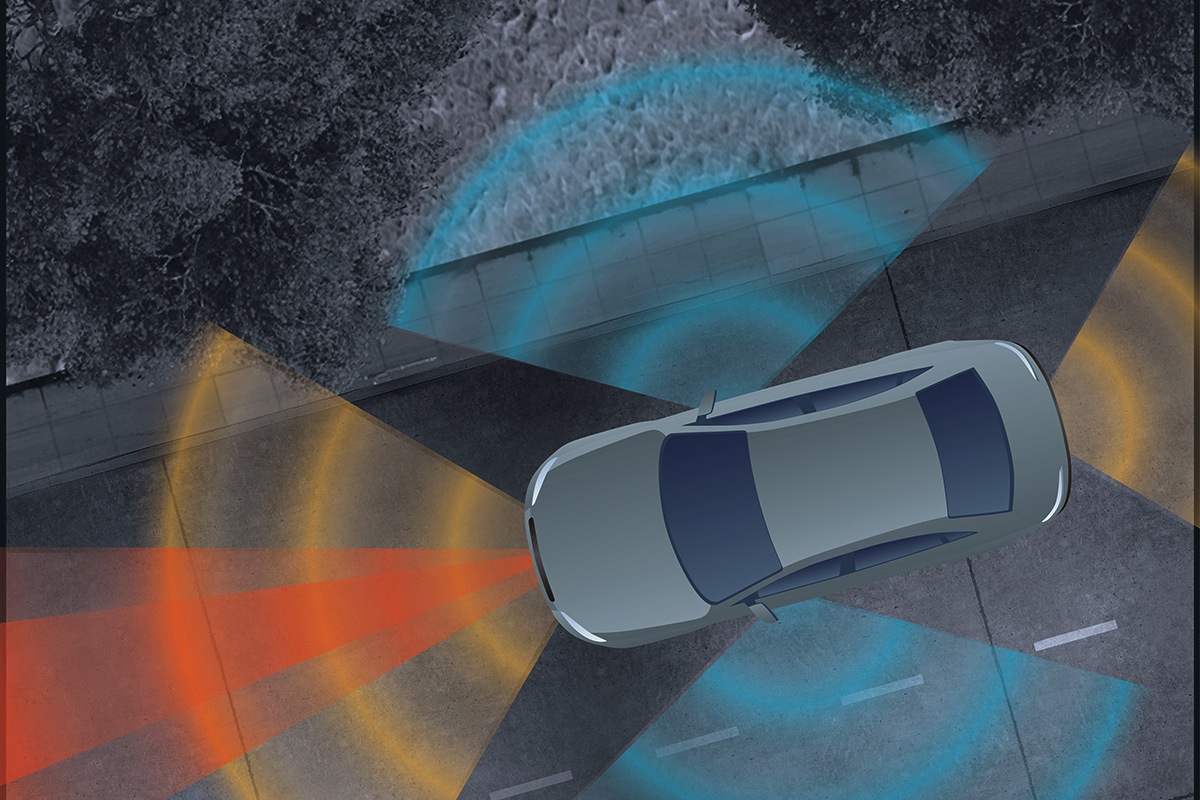Draper develops MEMs-based LiDAR chip

Single chip MEMS design enables integration of all LiDAR components with the exception of the lens
Using its expertise in MEMS and integrated photonics, US R&D company Draper has developed a low cost LiDAR chip for self-driving cars, The single chip integrates all LiDAR components, with the exception of the lens.
According to Eric Balles, director of transport and energy at Draper, the result is chip-scale LiDAR in a package designed for high-volume manufacturing by the automotive industry and others. "It's LiDAR on a chip, and nothing like it exists today in the same form factor," Balles said. "Draper's goal is a high-resolution, large field-of-view LiDAR unit that fits the critical components onto a single chip and sells for less than $50."
Draper's solid-state MEMS-based LiDAR approach is being developed to image at a range of 300 meters while providing a corresponding angular resolution targeted at less than 0.1-degrees, a significant advancement over competing LiDAR systems, many of which offer lower range and resolution. Draper's LiDAR would also be capable of scanning at a rate 20 frames of a scene every second.
Sabrina Mansur, technical director for autonomous vehicles at Draper, said "Draper's innovations in optical systems, MEMS, sensors, microsystems and microfabrication builds on decades of experience in designing, developing and deploying autonomous platforms for space, air, ground, sea and undersea needs."
































